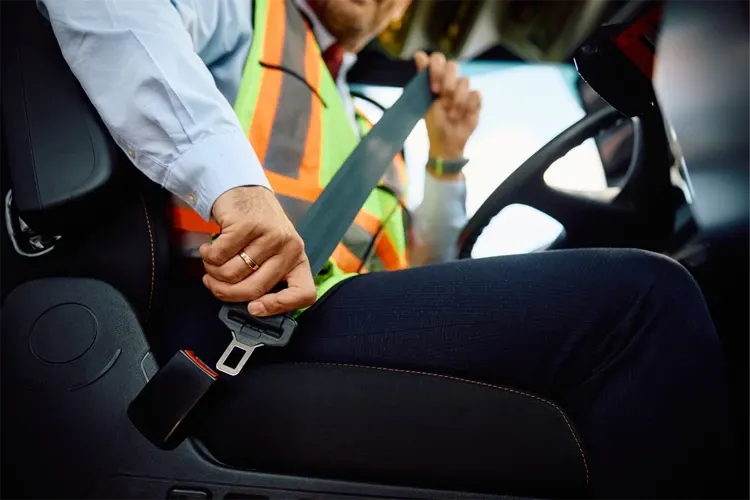Officials at the Department of Transportation unveiled a new rule that will force all cars to have seatbelt chimes, including in rear seats, a move the agency believes will decrease accidents.
The new federal rule authored by the National Highway Traffic Safety Administration would “require a seatbelt use warning system for rear seats” as well as enhance the “current seatbelt warning requirements” already in place for the driver and passenger seatbelts. Manufacturers have until the fall of 2026 to comply on the front seatbelt systems and until the fall of 2027 to comply on the rear seatbelt warning systems, while some would have another year to comply.
Such warning systems involve “visual and audible alerts” to encourage seatbelt use. The agency noted that seatbelt usage rates for passengers in the rear of vehicles tends to be lower than usage rates for passengers in the front seats, a disparity the new rule seeks to address.
“Wearing a seat belt is one of the easiest and most effective ways to prevent injury and death in a vehicle crash,” National Highway Traffic Safety Administration chief counsel Adam Raviv remarked in a statement. “While seat belt use has improved for decades, there’s still more we can do to make sure everyone buckles up. These new requirements will help to increase seat belt use, especially for rear seat passengers, by enhancing reminders for vehicle occupants.”
The new federal safety regulations apply to multipurpose passenger vehicles weighing up to 10,000 pounds such as cars, trucks, and buses with the exception of school buses. The agency believes that fifty lives would be saved on an annual basis once the rules are fully implemented.
Critics of the regulations, which come as passenger vehicles remain relatively expensive after years of supply chain bottlenecks and other inflationary pressures, noted that the new rules were written by unelected officials rather than enacted by legislation passed through Congress.




